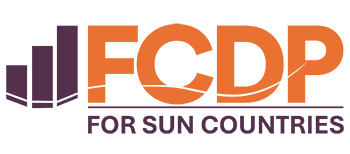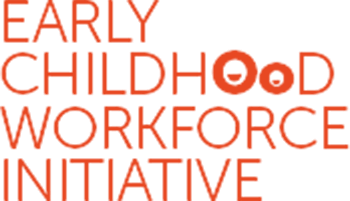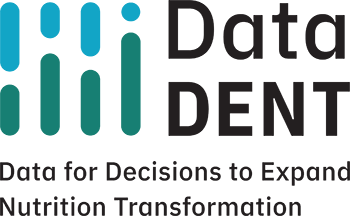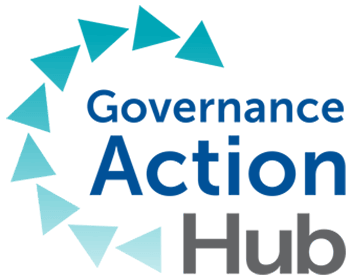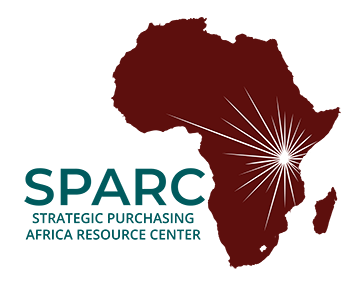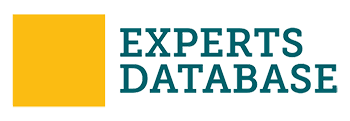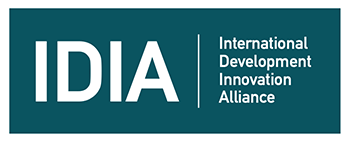Institutionalizing the M&L framework for Collaborative Learning Networks: A multilayered effort
Editor’s note: The following blog is the third installment in a three-part series exploring measurement and learning for Collaborative Learning Networks in accompaniment with the recent publication of Results for Development’s Collaborative Learning Networks Measurement & Learning Framework.
Our first post outlined the challenges of measurement and learning (M&L) in diverse and adaptive Collaborative Learning Network (CLN) environments with multilayered impact ambitions, from influencing policies and practices of in-country change agents to shaping global development thinking, highlighting the complexity of crafting a one-size-fits-all M&L framework. The second post discussed the co-creation and stress-testing process that started with the development of a shared vision for an integrated, inclusive and utilization-focused M&L framework that is both practical and resource-efficient. This blog post explores ways to integrate such a framework into organizational practices at portfolio and network levels, to effectively support CLNs to grow, mature and succeed, and demonstrate their impact and added value for joint problem-solving.
The current state of M&L practices
Current M&L practices across Results for Development (R4D)’s CLNs are largely ad hoc and output-focused, typically occurring when staff find “magic time,” meaning these practices are not embedded in regular routines or supported by sufficient and dedicated resources. Evidence gathering has been mostly reactive to the immediate needs of CLN managers and funders, rather than focused on building a comprehensive impact narrative and empowering CLNs to mature. CLN members have little incentive to engage in M&L as it does not generate tangible benefits in supporting and strengthening their CL efforts.
Despite the fact that some CLNs, like the Joint Learning Network (JLN) and Linked Immunisation Action Network (Linked), have employed more systematic and resourced M&L approaches, there remains a gap in consistent, cross-CLN measurement strategies, underscoring a significant need for an institutionalized approach. Many organizations and networks that aim to support local systems strengthening through a catalytic-but-indirect “intermediary” or “facilitator” role face similar challenges.
Bridging the gap between the current state and the vision
The M&L framework aims to be at the core of daily routines for CLN managers and partners, facilitating dynamic learning and strategy enhancement based on both quantitative and qualitative evidence, including anecdotal insights and formal data. The section on institutionalization in the framework document talks about how to make that happen and how to bridge the gap between the current state and the vision of success mentioned above.
To ensure the framework isn’t just adopted temporarily but becomes a cornerstone of organizational culture, it needs to be institutionalized; i.e. anchored in organizational structure, strategy, and policies, with clear roles, responsibilities and resources that match the ambition. Its success hinges on agency-wide endorsement, with CLN managers and partners actively using the framework for learning, communication and improvement, and leadership recognizing its potential to attract funding and establish global thought leadership.
Furthermore, it requires active leadership to mandate prioritization of resource mobilization and fund-raising for M&L framework uptake and implementation, and for capacity strengthening and knowledge management.
Leveraging the Vantage Points Model for institutionalization
The Vantage Points Model offers a powerful framework that delineates the critical aspects of central importance to institutionalization, namely:
- Philosophy & Culture:
- Unified Vision and Core Values: Establishing a clear vision aligned with organizational values, integral for guiding actions and assessments at all levels.
- Performance Alignment: Utilizing performance reviews to reinforce adherence to these core values and the broader M&L objectives.
- Policy & Strategy:
- Clear Rules and Boundaries: Defining organizational policies that set the framework for “must-do” CLN M&L activities.
- Adequate Resourcing: Ensuring strategic planning and budgeting are in place to support these activities effectively.
- Tactics, Logistics & Tasks:
- Defined Roles and Responsibilities: Outlining specific M&L tasks and expectations from people working at different levels in different positions.
- Effective Resource Management: Aligning resources with M&L ambitions in ways that maximize impact without overextending capabilities or draining institutional resources, e.g. make it a policy to: (a) allocate 3-4% of institutional core funds for M&L; and (b) include an M&L section in proposals to funders with a 3-10% budget covering both the donor requirements and CLN defined M&L needs.
The Vantage Points Model also provides a unique perspective on handling institutional bottlenecks or challenges. The model suggests that challenges arising at a given level (or ‘vantage point’) — from tasks to culture — typically originate from the level immediately above where they occur. This helps design interventions that target the correct levels within the organization to effectively address and resolve issues.
Embedding M&L at portfolio and CLN levels
It is generally helpful to conceptualize M&L as cyclical processes, woven together with strategy, planning and implementation. These cycles occur at portfolio and individual CLN levels and at different frequencies, with shorter-term action plans nested within longer-term strategic cycles, requiring all the above aspects of the Vantage Points Model to be in place at both levels. Given the varied readiness of the different CLNs that make up R4D’s portfolio, a flexible approach is required to design and set-up M&L cycles. Working with existing interest and demand to get the ball rolling, while sharing experiences, lessons and good practices with others, will help to build momentum across the portfolio and thus strengthen the institutionalization process.
Successful institutionalization requires a balance of incremental and transformational change, reflecting the diverse needs and maturity levels of different CLNs. It involves recognizing the need for both top-down strategic directives and bottom-up adaptability to secure full engagement of all stakeholders, and ensuring comprehensive alignment and commitment.
An incremental approach focuses on small, manageable changes and regular reflection, ideal for sustained engagement without overwhelming the teams. In contrast, a transformational approach is more disruptive, emphasizing a rapid and more radical shift in culture, strategy and structure, demanding intensive engagement in a very short period of time. If well facilitated, though, it can offer significant rewards and breakthroughs. A top-down approach helps to build coherence and alignment across initiatives with high-level institutional goals and strategic priorities. A bottom-up approach helps foster ownership and adaptability across various institutional levels and contexts, drawing on champions to demonstrate practical paths for successful M&L implementation to motivate broader uptake and engagement. Finding a balance between these different approaches help avoid frustration, fatigue and resistance to the institutionalization process.
Moving forward: A call to action
The M&L framework for CLNs is centered on utility, ensuring flexibility and adaptability needed to meet the diverse evidence and learning needs of various stakeholders. To advance the framework, its tools and practices must be integrated into accessible formats like e-learning modules accompanied by supportive onboarding packages. Engaging with donors and stakeholders throughout the process is essential to secure buy-in and resources necessary for sustaining these efforts.
Securing resources for M&L is foundational to the sustainability of Collaborative Learning (CL). It is crucial not only for accountability but for the survival and maturing of CLNs and the underlying CL model. We invite funders to engage as learning partners in this process. Where funders do not have the room to engage, we call for alternative strategies focused on securing sufficient resources for M&L to generate robust evidence-based stories (and story-based evidence) that empower CLNs to mature while demonstrating their transformative power to the world.
We encourage other organizations, networks and funders alike to adopt and adapt the M&L framework, and to share their insights and feedback on institutionalization. Join us as we continue to refine, adapt and learn together in this evolving landscape.






